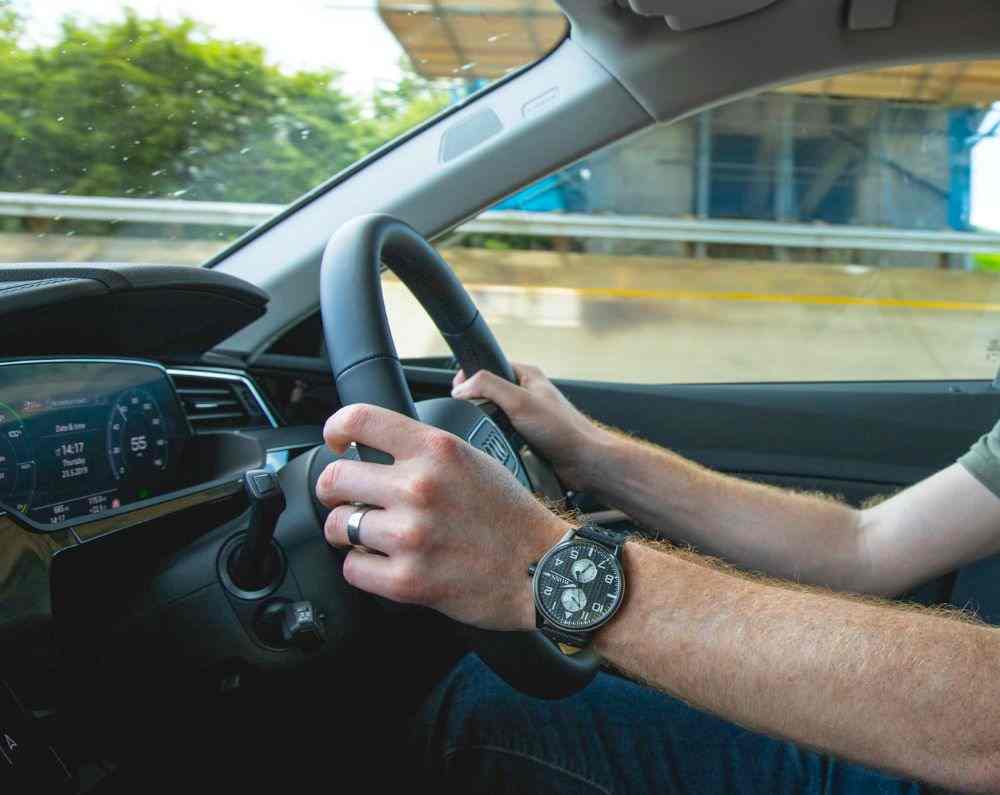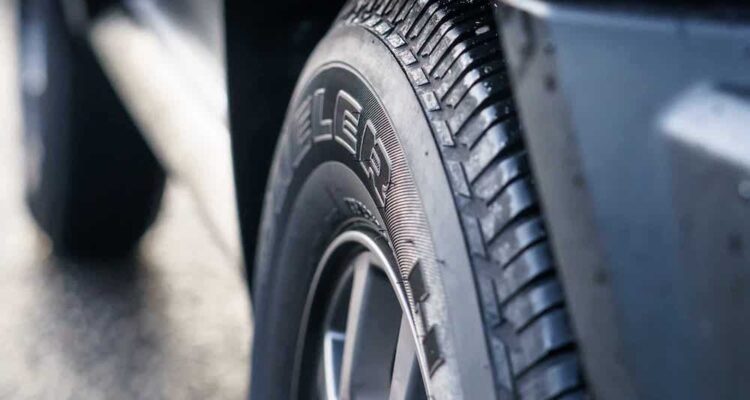When choosing a vehicle, safety in a crash is a major concern, and one key factor is the difference between body-on-frame and unibody construction. Body-on-frame design, commonly used in trucks and SUVs, involves mounting the vehicle’s body on a separate frame, providing higher durability and better off-road capability. Unibody construction, prevalent in cars and crossovers, integrates the body and frame into a single structure, offering enhanced crash protection and a lighter weight for improved fuel efficiency.
Regarding crash safety, the unibody design usually performs better in crash tests because it allows crumple zones to absorb impact forces, reducing injury risks. Body-on-frame vehicles, while structurally sturdy, can transfer more crash energy to occupants, potentially resulting in greater injuries.
Vehicle Structure Fundamentals
Vehicle structure impacts safety and performance, particularly during car accidents. Body-on-frame and unibody construction are the two primary methods used in vehicle manufacturing.
Definition of Body-on-Frame
Body-on-frame construction involves mounting the vehicle body onto a rigid frame or chassis.
Key features include:
- Separate body and frame: The vehicle body and frame are distinct entities, providing flexibility in design.
- Durability: High resistance to rough terrain and heavy loads.
- Weight: Typically heavier, impacting fuel efficiency.
This method is common in trucks and large SUVs primarily because of its ruggedness and ease of repair.
Definition of Unibody Construction
Unibody construction combines the body and frame into a single unit.
Key features include:
- Integrated design: The body and frame are a singular structure, enhancing overall rigidity.
- Weight: Generally lighter, improving fuel efficiency and handling.
- Crash safety: Better energy absorption and crumple zones.
In accidents, the integrated structure can effectively dissipate impact forces, offering improved protection to occupants.
Impact on Safety and Crashworthiness
Body-on-frame and unibody construction types impact vehicle safety and crashworthiness differently. Each design influences how a vehicle responds during an accident and the protection it offers to occupants.
Body-on-Frame Crash Dynamics
In body-on-frame vehicles, the frame and body are separate components. During a crash, the frame is designed to absorb and dissipate impact energy. This can help protect the cabin in a crash but may also result in greater cabin deformation due to the heavier frame.
These vehicles, often SUVs and trucks, have higher ground clearance, affecting stability. High ground clearance can lead to a higher risk of rollover accidents which can cause severe injuries.
Unibody Crash Dynamics
Unibody vehicles integrate the body and frame into a single structure. This design allows for crumple zones, which are engineered areas that deform during a collision to absorb energy. Crumple zones help limit the force transferred to occupants, enhancing safety.
Unibody vehicles typically have lower ground clearance, which contributes to better stability and reduces rollover risk. This construction also allows for more precise and responsive handling, crucial in emergency maneuvers to avoid accidents.

Comparative Analysis of Safety Features
When comparing body-on-frame and unibody designs, several key safety features emerge. Body-on-frame designs excel in durability and are often preferred for off-road conditions due to their robustness.
However, the unibody design offers superior crash energy management with crumple zones. For those seeking legal advice post-accident, consulting experts like a Santa Ana Car Accident lawyer can help navigate the implications of vehicle construction on crash outcomes and potential claims.
Considerations for Vehicle Owners
Vehicle owners need to understand the implications of body-on-frame versus unibody designs, especially in terms of maintenance and repair costs following car accidents.
Maintenance Implications
Body-on-frame vehicles often feature a separate frame and body, which can sometimes simplify repairs because damaged sections can be replaced individually.
Unibody vehicles, with their integrated body and frame, may require more specialized equipment and techniques for maintenance.
For routine maintenance tasks, unibody designs might be slightly more complex due to their integrated structure. Inspecting and replacing parts could take more time.
Cost of Repairs Post-Accident
In the event of a car accident, repair costs can vary significantly based on the vehicle’s construction.
Unibody vehicles may incur higher costs if the integrated frame structure is damaged. The complexity of the design can lead to more extensive labor and specialized repair processes.
By contrast, body-on-frame vehicles might have lower repair costs in some cases. Separate frame and body components allow for the possibility of replacing only certain damaged sections without affecting the rest of the vehicle.
Legal Implications and Liability
Liability in car accidents varies greatly depending on the type of vehicle construction, which influences the legal processes involved. Understanding negligence is paramount.
Understanding Negligence in Car Accidents
Negligence is often the focal point in determining liability. It occurs when a driver fails to act with the level of care that someone of ordinary prudence would have exercised under the same circumstances.
In car accidents involving body-on-frame and unibody vehicles, the differentiation in construction might affect the extent of damage and injury. This distinction can influence legal arguments and outcomes.






